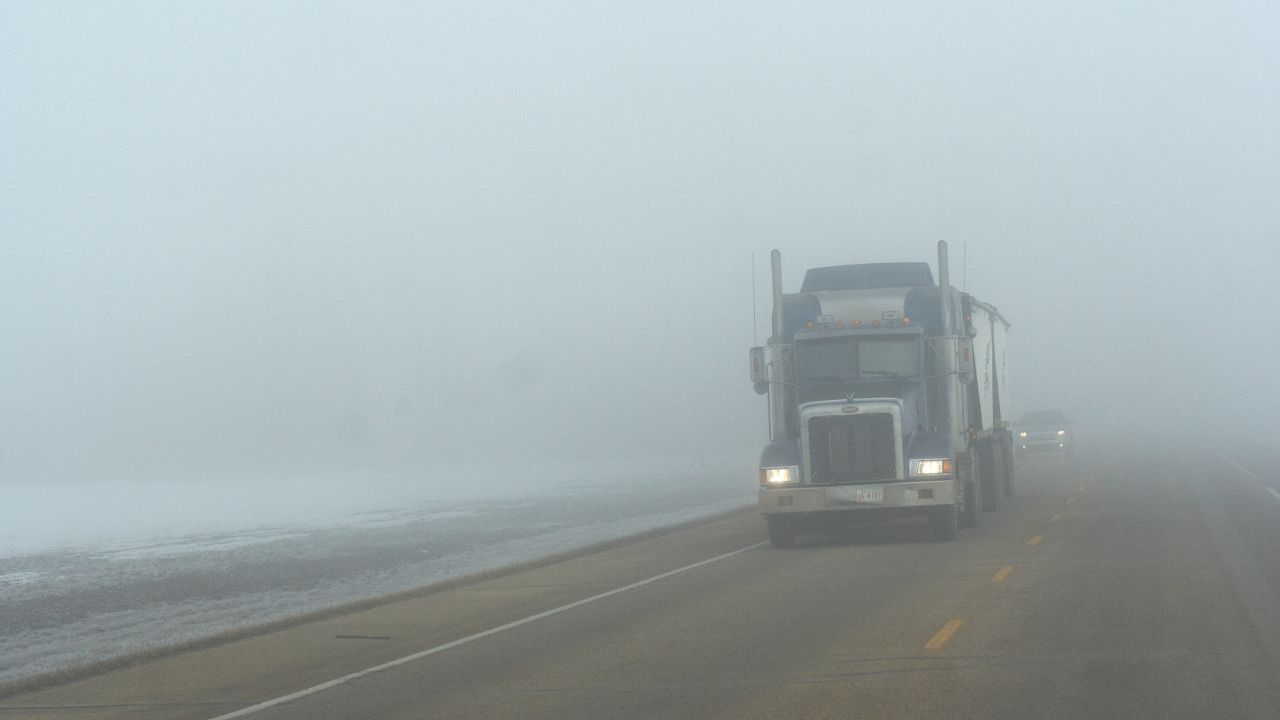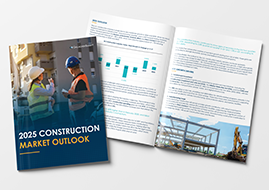
January 24, 2024 — Your author's father was a professional race car driver back in the day, and he taught me something very useful when I first learned to drive: "You can't drive any better than you can see." I recalled this recently reading about a new animal in the risk zoo — the "super fog." Yes, fog has been around a while. The legendary London "pea soup" fog figures in a couple of the adventures of Sherlock Holmes, for example, but this term — super fog — bears examination since it points up another aspect of transportation risk which can be both expensive and deadly.
Consider the recent horrific pileups on two highways around New Orleans which resulted in dozens of wrecked vehicles and multiple fatalities. What is a super fog and why is this only now coming to our attention? Here's the definition from a recent Yahoo story:
Super fog is a weather phenomenon caused when smoke and moisture — often released from damp, smoldering organic material such as leaves and brush — mixes with cooler, moisture-laden air. Particles from the smoke attach to the water molecules, producing a thicker fog.
The story goes on to note that, "Super fog is a technical term and is officially used by meteorologists, describing conditions that are more 'enhanced' than typical fog." By enhanced they mean that the median visibility inside a super fog is about ten feet. For comparison, that's about the length (driver to hood ornament) of the engine cover on a Kenworth conventional semi-tractor. Doesn't leave a lot of room for guessing, does it?
Why is super fog an issue now? Well, there are two pre-conditions which lend themselves to the formation of super fogs — drought and wildfires. In the case of the Louisiana fogs, one local expert noted, "An exceptional drought in Louisiana has caused drier conditions in recent months, leading to more marsh fires that burn for longer — making the chances of super fog more likely…." Regular readers of this journal will recall several articles on the increasing prevalence of both droughts and wildfires.
What should you do if you have trucks traversing areas where super fogs may be likely*? A refresher course for drivers on how to handle serious fogs would be a good start. Is anyone telling your drivers to make deliveries on time regardless of the weather? Do your larger rigs have ditch lights? Do your drivers use their hazard flashers in cases of severely restricted visibility? Are your drivers ever empowered to pull over and wait it out when conditions are just too hazardous and visibility is effectively zero?
As we noted, fog is nothing new, but once in a while we're reminded to take it seriously. A super fog should give us all pause. The seven people killed in just one of the recent super-fog-related crashes near New Orleans would probably agree.
*The Sacramento/San Joaquin Valleys, for instance. Your author used to drive "fog alley" south of Merced regularly.
Author

Dr. Gary Anderberg
Make Gallagher Bassett your dependable partner
When making the right decision at the right time is critical to minimize risk for your business, count on Gallagher Bassett's extensive experience and global network to deliver.

